The Beauty and History of the Grand Palace in Bangkok City.
The Grand Palace in Bangkok stands as one of Thailand's most iconic and historically significant landmarks. Situated along the banks of the Chao Phraya River, it has been a symbol of the nation’s architectural grandeur, cultural richness, and royal heritage for centuries. Built in 1782, the palace has served as the official residence of the Kings of Siam (later Thailand) and continues to play a pivotal role in the country’s religious and ceremonial life. The Grand Palace’s exquisite architecture, rich history, and cultural importance make it a must-visit destination for anyone seeking to understand the essence of Thailand.
Historical Significance
The Grand Palace was commissioned by King Rama I, the founder of the Chakri Dynasty, shortly after he ascended to the throne in 1782. His decision to relocate the capital from Thonburi to Bangkok necessitated the construction of a new royal residence. The palace complex was intended to serve as both the king’s residence and the administrative center of the newly founded capital.
For over 150 years, the Grand Palace was the seat of the Thai monarchy. During this time, it witnessed pivotal moments in Thai history, including royal coronations, state receptions, and important Buddhist ceremonies. Although no longer the official royal residence—King Rama IX moved to the Chitralada Palace in the 20th century—the Grand Palace remains an important ceremonial site for the monarchy and a symbol of Thailand’s deep reverence for its royal institution.
Architectural Splendor
The Grand Palace is renowned for its stunning architecture, which blends traditional Thai design with elements of European neoclassical style. The palace complex is a sprawling series of buildings, courtyards, gardens, and temples, each with its own unique characteristics. The intricate details, gilded spires, and vibrant colors that adorn the structures are a testament to the craftsmanship of Thai artisans throughout the ages.
The most striking feature of the Grand Palace is its vibrant use of gold, which dominates the exteriors of many of the buildings. The golden rooftops and shimmering walls reflect the sunlight, giving the palace an ethereal glow, especially during sunrise and sunset. Traditional Thai motifs, such as lotus flowers and mythical creatures, are intricately carved into the buildings, showcasing the country’s rich artistic heritage.
The palace is also home to Wat Phra Kaew, the Temple of the Emerald Buddha, one of the most sacred sites in Thailand. The Emerald Buddha, carved from a single block of jade, sits in a magnificent temple with elaborate decorations, and the temple itself is a masterpiece of traditional Thai religious architecture. The combination of religious and royal significance in one space elevates the beauty of the Grand Palace beyond mere aesthetics—it is also a symbol of national pride and spiritual devotion.
Cultural and Religious Importance
The Grand Palace holds deep cultural and religious significance for the Thai people. While it is no longer the official residence of the king, it remains a key site for royal ceremonies, including coronations and official state functions. The annual royal plowing ceremony, which is believed to ensure a bountiful rice harvest, is one of many traditional events held within the palace grounds.
Wat Phra Kaew, located within the Grand Palace, adds to the complex’s religious importance. The Emerald Buddha is revered as a protector of the Thai people, and it is a central figure in Buddhist rituals and royal ceremonies. Three times a year, the king or a royal representative ceremonially changes the Buddha’s robes to correspond with the changing seasons—an event that attracts both devout Buddhists and curious tourists alike.
The Grand Palace complex is also a repository of Thai history and culture. Its museums house royal artifacts, sacred texts, and art that chronicle the nation’s past, making it not only a place of spiritual and political significance but also a cultural treasure trove.
The Beauty of the Gardens and Grounds
In addition to its magnificent buildings, the Grand Palace features serene gardens and courtyards that provide a tranquil contrast to the bustling city outside its walls. Carefully manicured trees, ornate fountains, and lush green lawns make up the palace grounds, inviting visitors to experience a moment of calm amid the grandeur. The gardens are often filled with statues of mythical creatures and deities from Thai folklore, blending art and nature in a way that enhances the overall beauty of the palace complex.
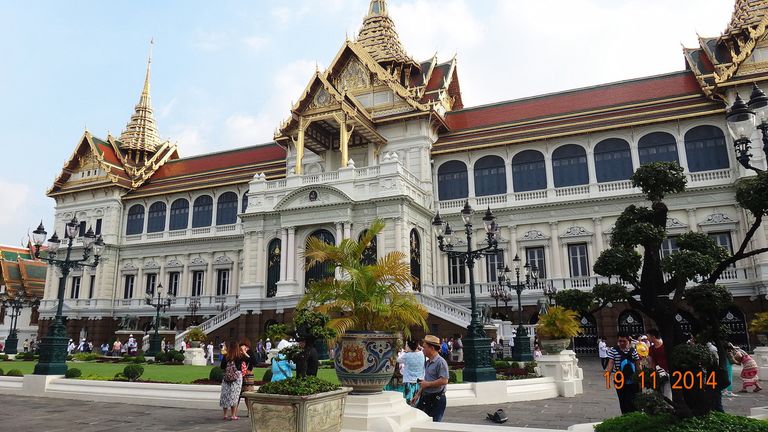
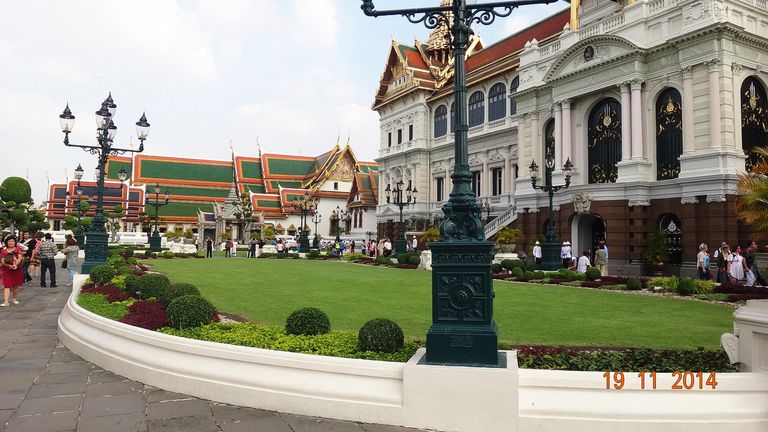
Conclusion
The Grand Palace in Bangkok is a marvel of both history and architecture. Its dazzling buildings, sacred temples, and tranquil gardens reflect centuries of royal heritage and Thai culture. As a place where the spiritual, royal, and artistic converge, the Grand Palace remains a timeless symbol of Thailand’s identity and continues to captivate visitors from around the world with its unparalleled beauty and historical significance.
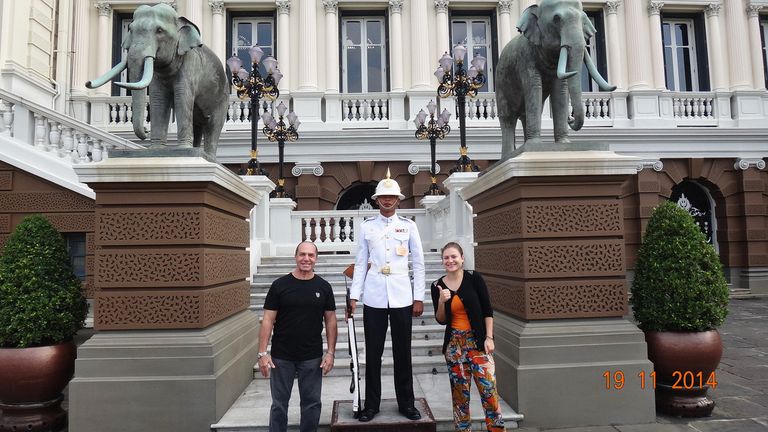
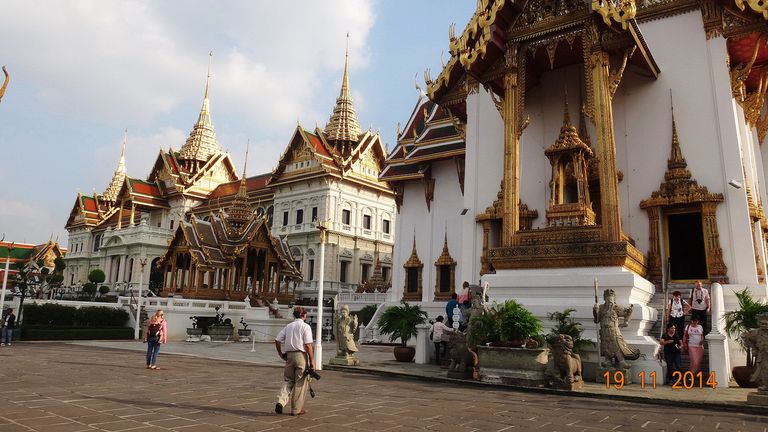
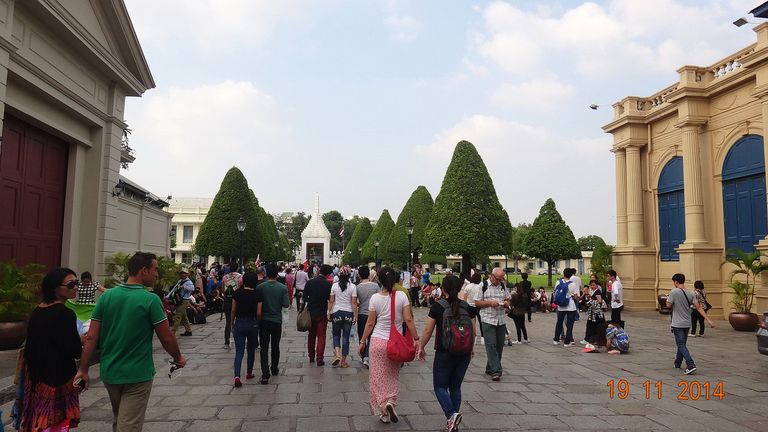
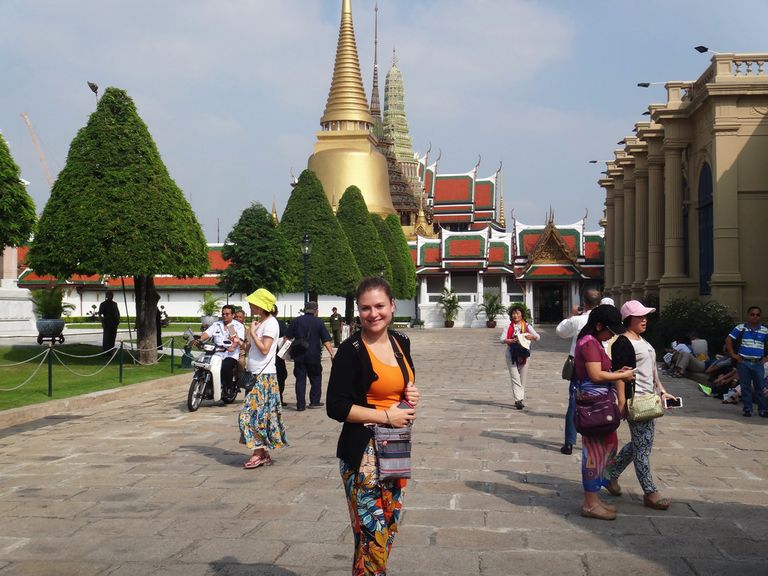
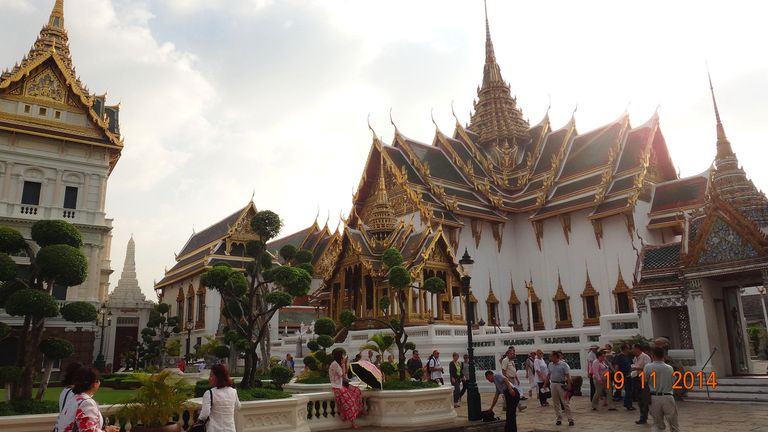
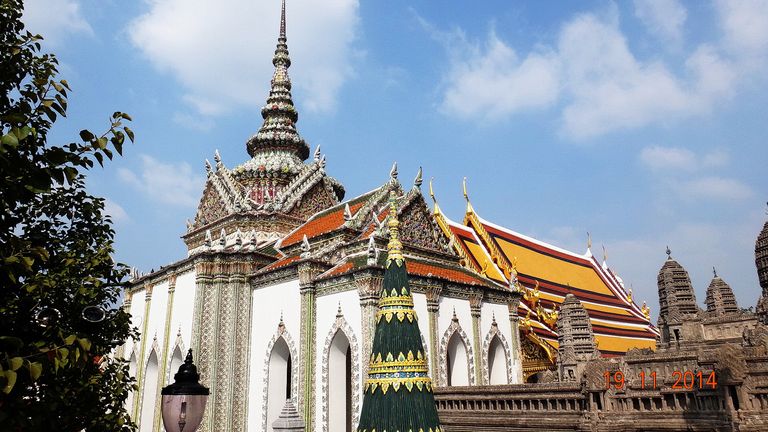
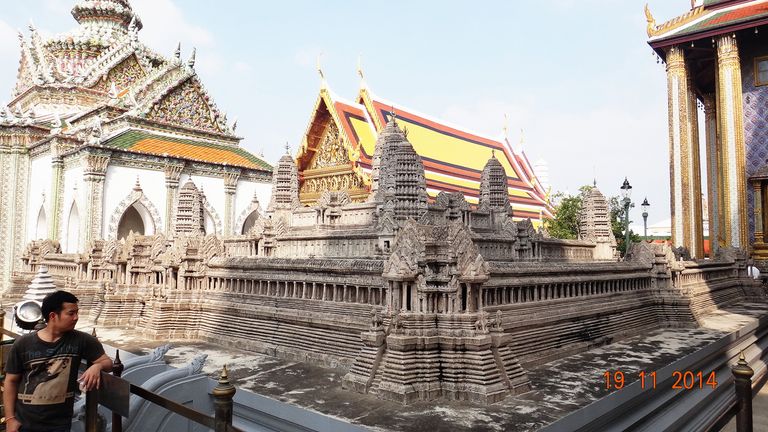
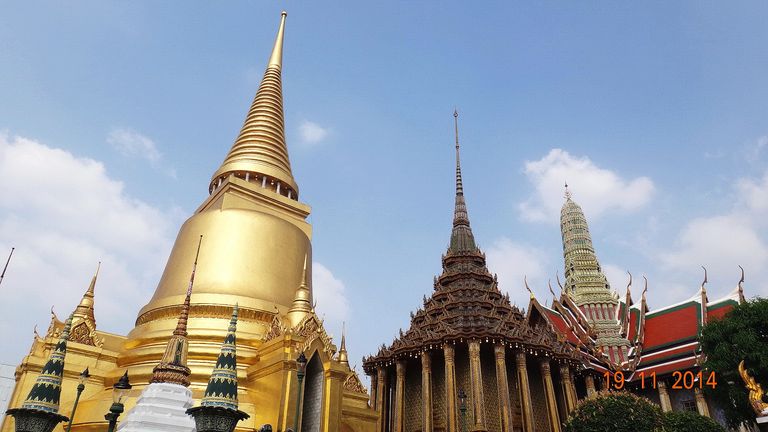
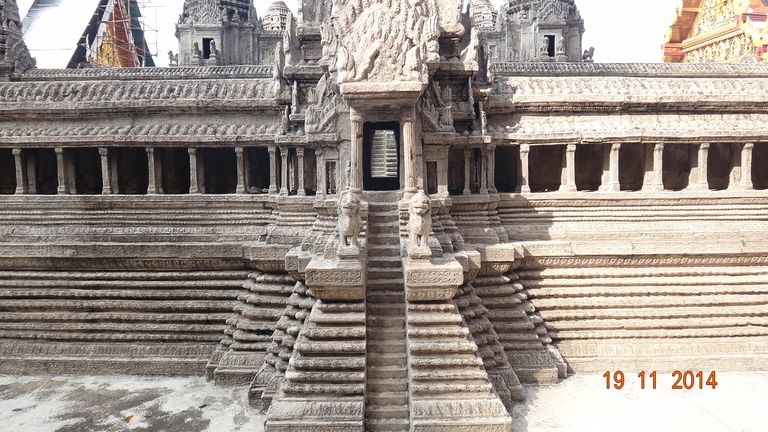
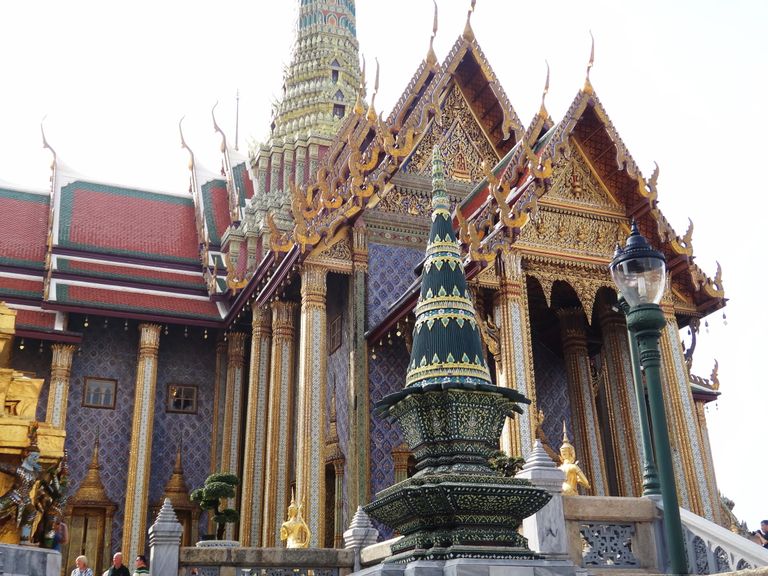
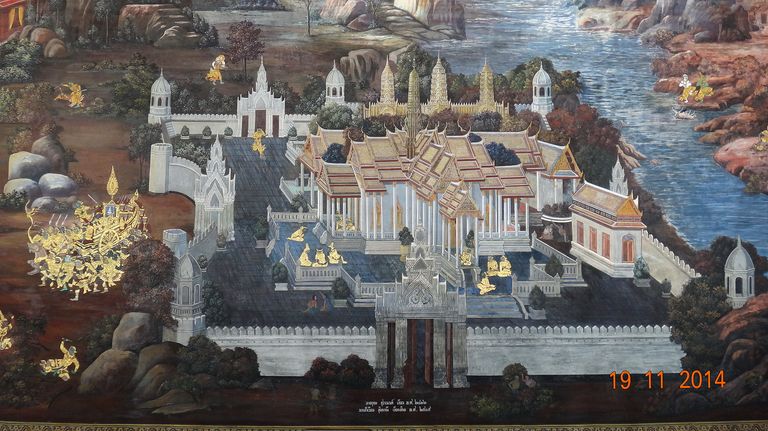

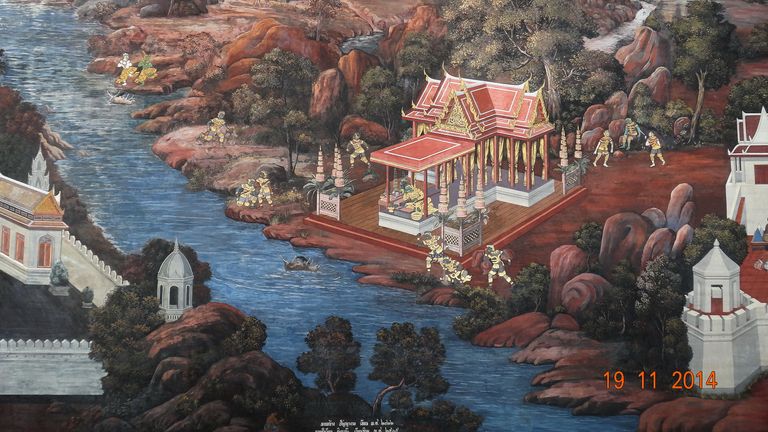
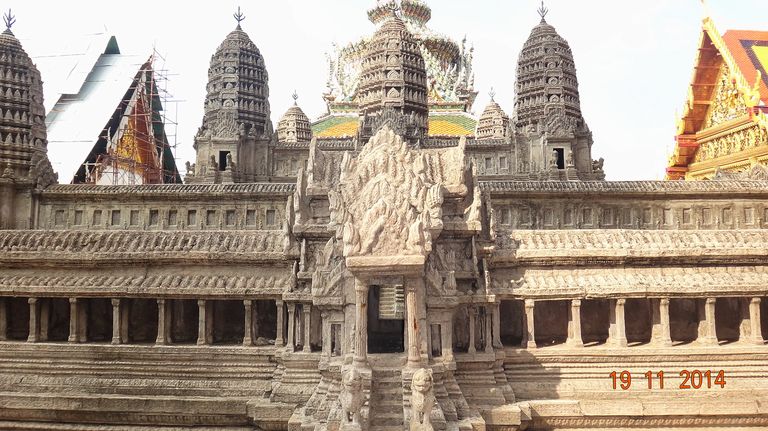
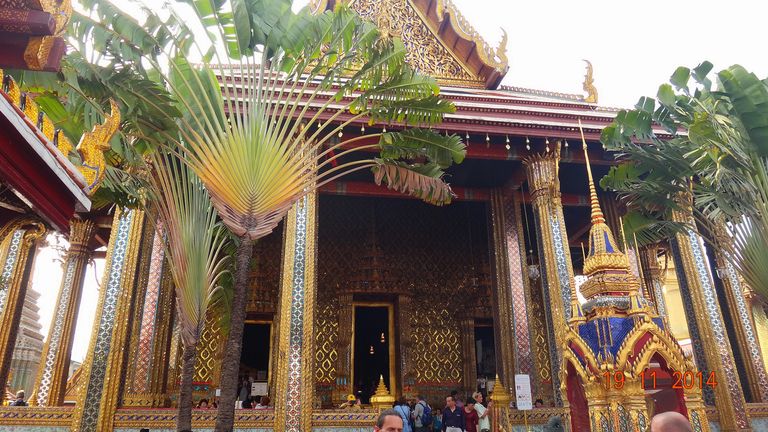
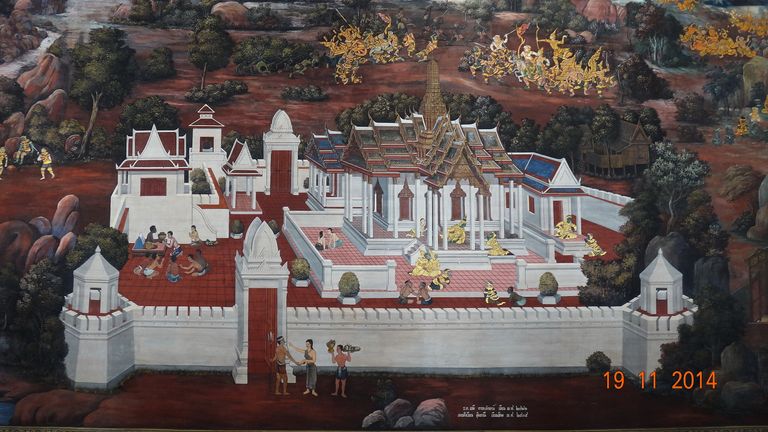
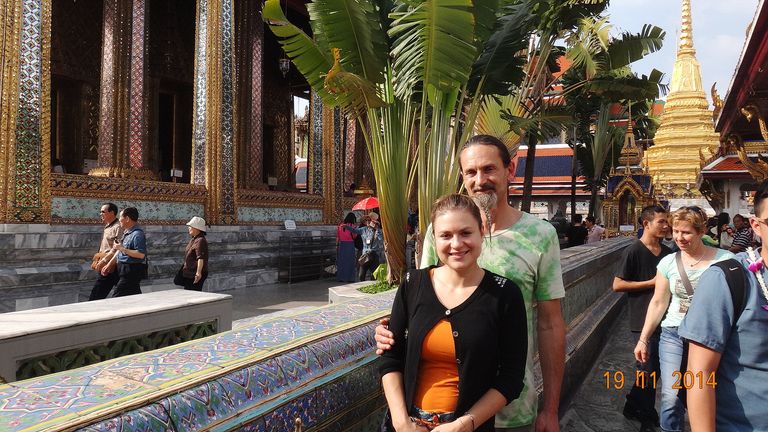
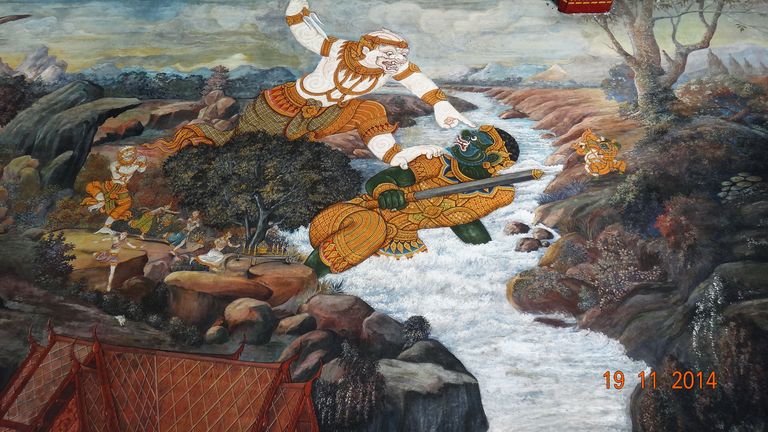
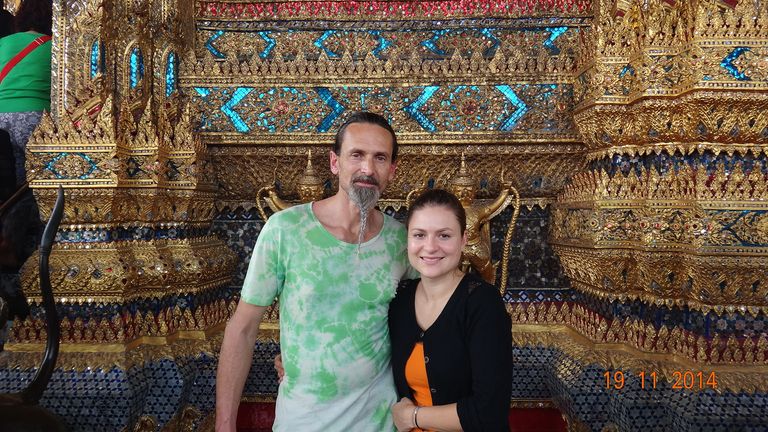
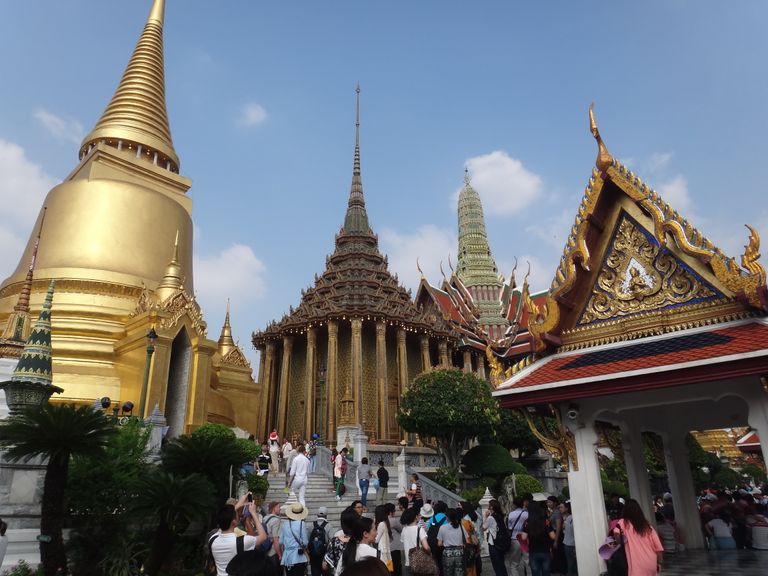
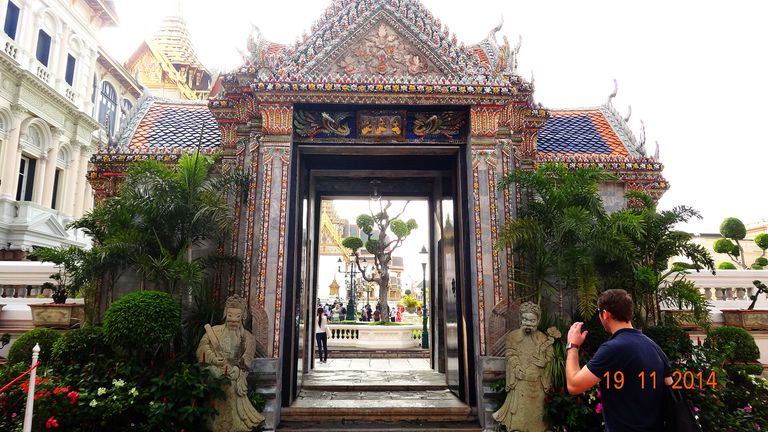
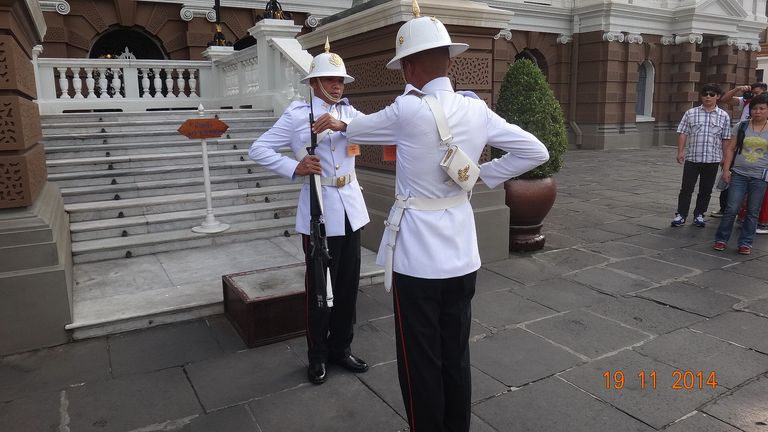
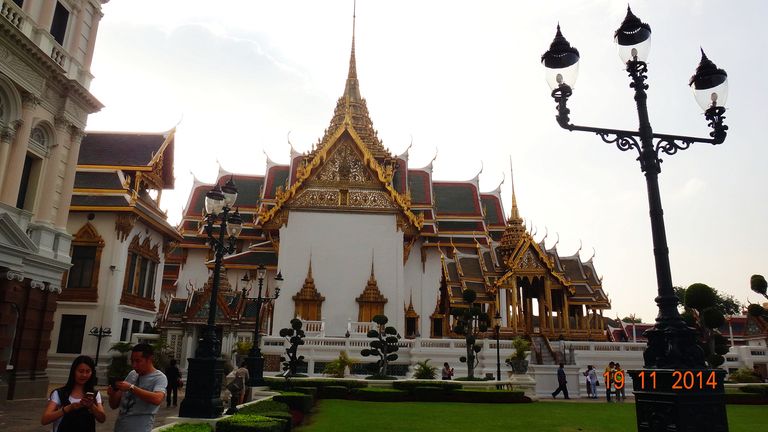

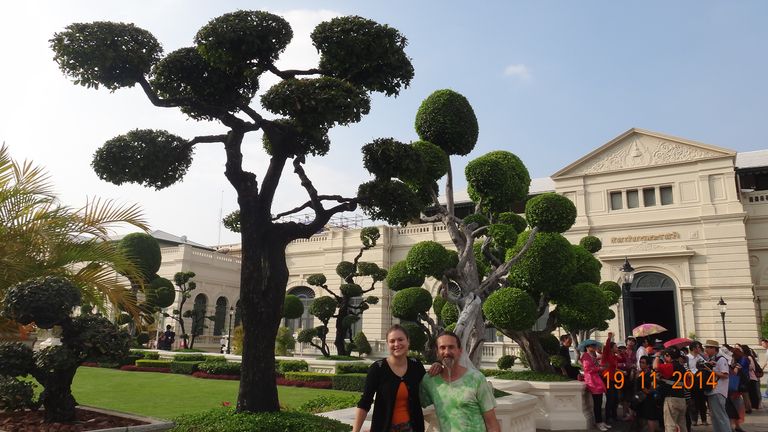
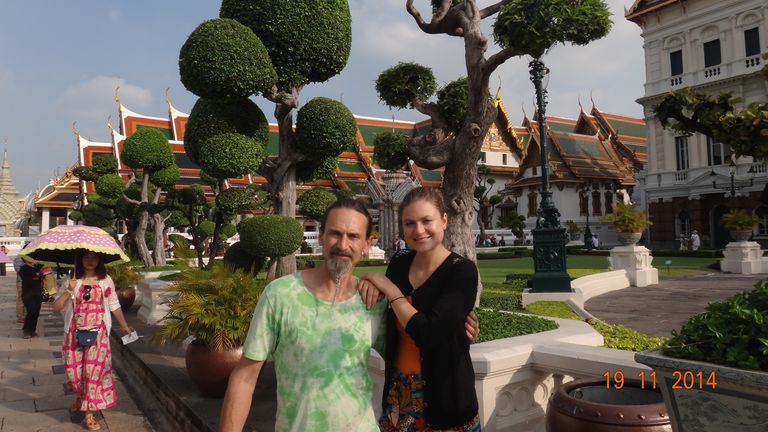

Comments
Post a Comment